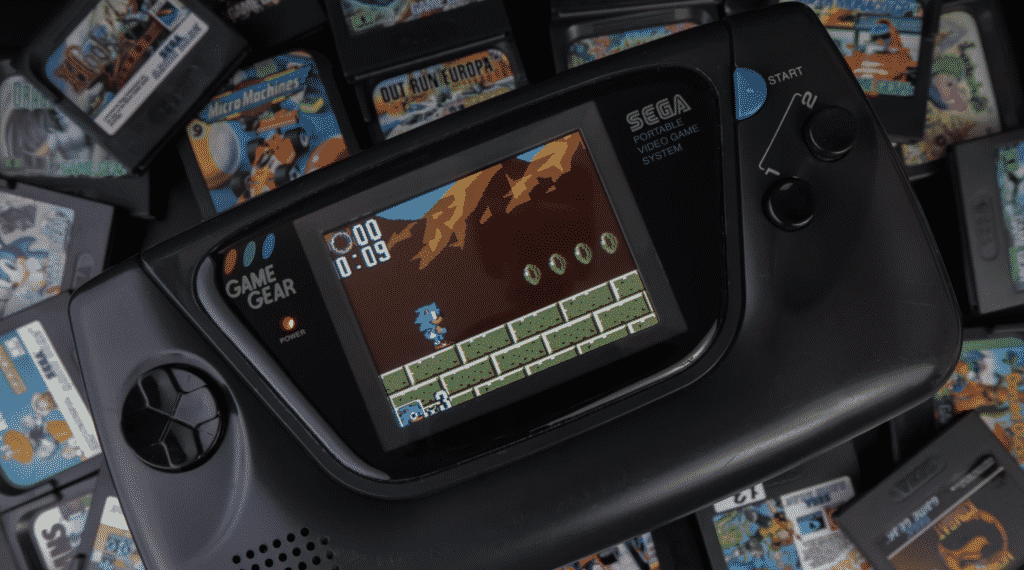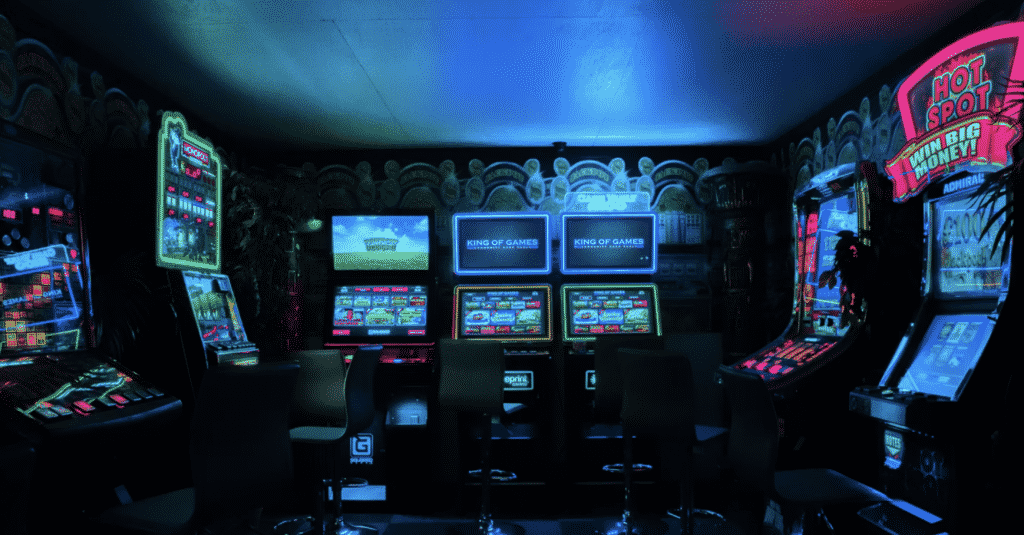As Steven Johnson puts in his book Everything Bad Is Good for You, not all video games, TV shows, or movies he explored were great works of art. Yet, they are nuanced and complex cultural products. Johnson made a point worth thinking about. Is all entertainment useless, or can it challenge the audience and have a positive impact?
Video games came a long way from the first Tennis for Two played on a radar display to augmented reality in Pokemon Go. While games are opposed to a traditional intellectual activity like reading, they contribute to your motor skills and memory training. So, don’t believe people who say video games make you apathetic and passive.
As a busy student, skipping playing with your friends on Steam can be frustrating. It is possible to ease your heavy workload with reviews by no cramming team. The best: essay writing services reviews by No Cramming allow you to find reliable academic assistance with no sweat. It’s not a cheat code if you know how to balance your time wisely.
But if you get a moment, it is good to go for a trip down memory lane and learn about titles that sometimes can be older than you are. Many of these games paved the way for many hit titles. Others engraved themselves in a hall of fame, and no one could repeat their success.

Hunter (1991)
Hunter is an early 3D action-adventure game by Activision and the first take on 3D gaming. It introduced playing modes and maps to navigate. You also have access to hijack cars, boats, and other vehicles to complete your mission. It was a big step after the beginning with linear side-scrolling gameplays.
Hunter shaped the idea of sandbox gameplay with missions and side-quests. The relative freedom of choosing tasks and strategies to win gives you an idea of the first baby steps in game dev.
Dune II (1992)
Before Warcraft, Starcraft, and Command & Conquer, there was Dune II. Based on Frank Herbert’s titular sci-fi series, Dune II is a real-time strategy by Westwood Studios. Even though not every characteristic of the Dune II was unique per se, many attributes changed the idea of RTS.
Dune II introduced gameplay elements like resource-extraction, base creation, and army micromanagement and turned them into a golden standard. It also rewards players for finding a perfect strategy. The responsive environment and demanding world make it obvious why Dune II became a standard.
Metal Gear Solid (1998)
Who doesn’t know this series and all the complex and entangled storylines in the franchise? There were story-driven adventure series before MGS, but they were mostly role-playing games. MGS blended narrative with adventure elements.
It was the first title to introduce cinematic cutscenes and stealth-focused gameplay. At the same time, the character design and voice acting made Metal Gear Solid standing out. After all, the first installment in the franchise was the beginning of one of the most exciting series in the history of third-person shooters.
Seaman (1999)
Seaman had a simple but easy to deliver concept. It’s a strange ride if you are not a big fan of magical realism of its kind. It is a virtual pet game for Sega Dreamcast, and you have no other goals than to keep your Seaman alive and entertained by talking to him.
What makes this title ahead of its time is the way of interaction. Yes, voice commands via Dreamcast microphone are still not overshadowed by other games. The potential of voice recognition and interaction features is underrepresented in development.
Shenmue (1999)
Shenmue is an action-adventure game, where you play as Ryo Hazuki, who needs to solve his father’s murder. It’s a rich cinematic experience that was the beginning of a genre of story-driven open-worlds.
It had two elements that made it a cult classic: open-world and quick-time events. It combines elements of PRG and life simulator, with day-and-night and dynamic environment systems. Even if you could find the first instances of quick-time events back in the early 80s Dragon Lair series, Shenmue popularized and changed this gameplay element.
System Shock 2 (1999)
The game that came five years after the first System Shock was destined to be the milestone for the game dev. System Shock 2 is the elaborated mix of RPG and immersive horror. It introduced a Dark Engine, which then allowed the player to implement various characters’ abilities.
The incorporation of psionic powers would then be adopted in the Bioshock series, making it one of a shooter ride. System Shock 2 gave other character customization features, an effective first-person perspective, and a standard to strive for.
Silent Hill (1999)
Silent Hill series introduced people to the visceral horror and insides of one’s deepest fears. The main advantage of the first title in the series was the narrative and story. It unfolds the secrets you are investigating in the most enjoyable way possible.
The story of Harry Mason was ahead of its time because of the sound design, taking your gaming experience to another level. It is mostly the part why the first installment of the franchise still works and haunts people. Silent Hill was also the pioneer of multiple endings that depend on your actions throughout events.
Eternal Darkness (2002)
At some point, the horror genre peaked in the realm of video games. Partially, maybe, it was thanks to Silent Hill and the ambient atmosphere of unexplained and claustrophobic ghost towns. Eternal Darkness is a psychological horror action-adventure game, and it entered the hall of fame with its unique immersive system that breaks the fourth wall.
As a player, you are usually detached from your characters, but here it was different. Eternal Darkness had a Sanity Meter that directly affected the outcome of your mission, messing with you and making it impossible to have any control. This feature and gameplay elements can be found years later in other games, but it all comes back to the original.
Summing Up
The game is considered to be successful if it changes the set rules and makes new standards work. It was indeed a good year for the industry in 1999 since a lot of titles did exactly that. Regardless of the genre you like, discovering the unique potential in old games opens a whole new digital world for you. And it’s worth giving the developers a second chance.
